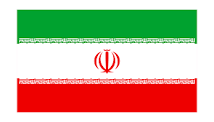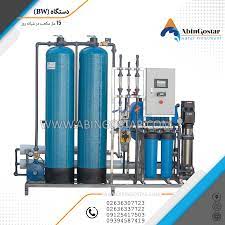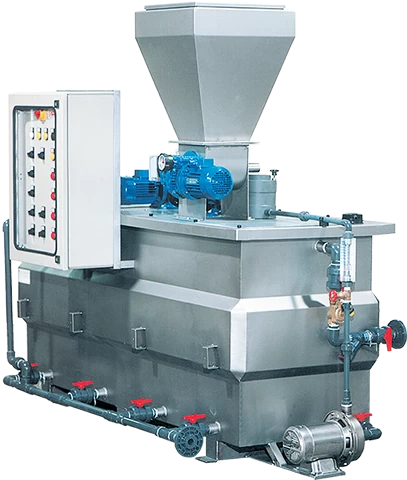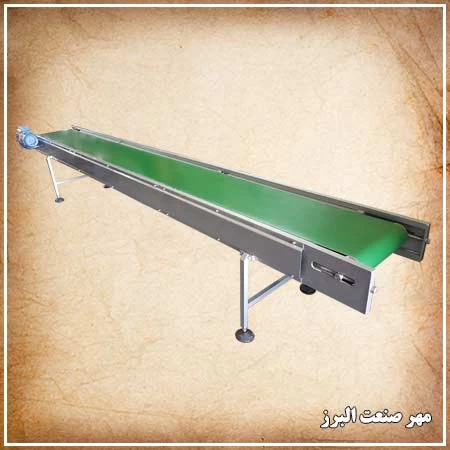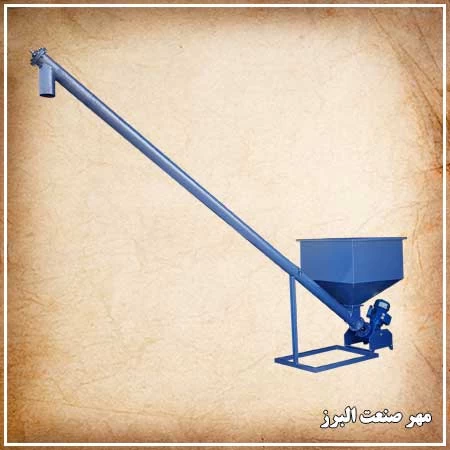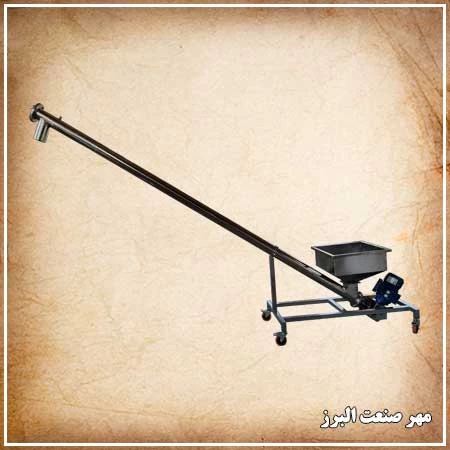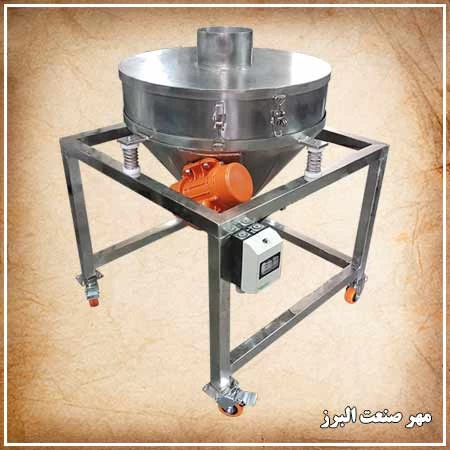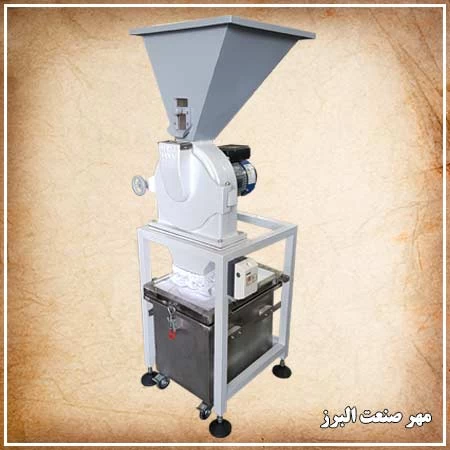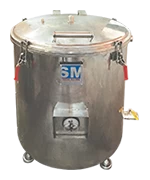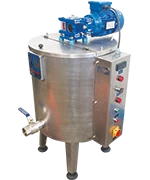Reverse osmosis is capable of removing 99% of dissolved salts (ions), particles, colloids, organic matter, bacteria and pyrogens from feed water (although a reverse osmosis system should not be expected to remove 100% of bacteria and viruses). A reverse osmosis membrane removes contaminants based on their size and charge. Any pollutant with a molecular weight greater than 200 is likely to be removed with a properly implemented reverse osmosis system (the molecular weight of a water molecule is 18).
Also, pollutants with a larger ionic charge will not be able to pass through the reverse osmosis membrane.
Reverse osmosis is very effective in treating brackish water, surface water and ground water in both large and small flow operations. Industries that use reverse osmosis water include medicine, "boiling feed water", food and beverage industries.
 +7929688-88-14
+7929688-88-14

 English
English
 Persian
Persian
 Russian
Russian
 Chinese
Chinese


 +7929688-88-14
+7929688-88-14

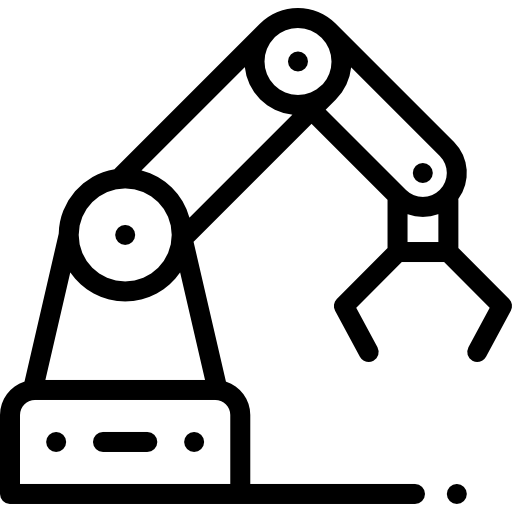 Food & Beverage Machinery
Food & Beverage Machinery
